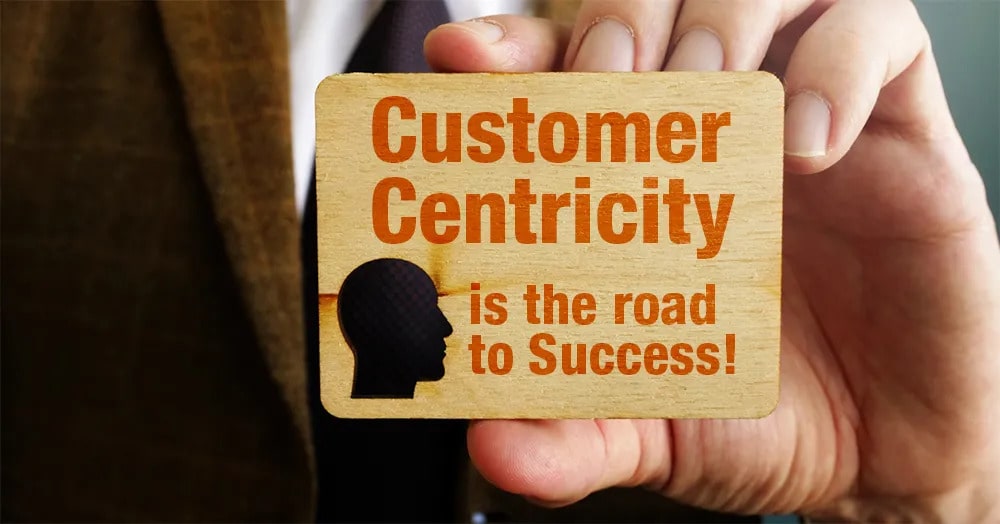In today’s highly competitive business environment, the ability to effectively leverage customer feedback to improve support services is a crucial differentiator. By actively listening to customers and integrating their insights, companies can enhance their service quality, boost customer satisfaction, and drive long-term loyalty. This article explores the importance of customer feedback and outlines practical strategies for using it to improve support services.
The Importance of Customer Feedback
Enhancing Customer Satisfaction
Customer feedback provides direct insight into what customers value and what they find lacking. By addressing the issues raised and improving the aspects they care about, businesses can significantly enhance customer satisfaction.
Driving Continuous Improvement
Feedback serves as a guide for continuous improvement. It highlights areas where support services are excelling and identifies opportunities for development, ensuring that the company is always evolving and improving.
Building Customer Loyalty
When customers see that their feedback is valued and acted upon, they are more likely to develop a strong sense of loyalty to the brand. This loyalty translates into repeat business and positive word-of-mouth recommendations.
Identifying Trends and Pain Points
Regular analysis of customer feedback helps identify common trends and recurring pain points. This information is invaluable for making strategic decisions and implementing changes that have a broad impact.
Collecting Customer Feedback
Surveys and Questionnaires
Surveys and questionnaires are among the most common methods for collecting customer feedback. They can be distributed through various channels, including email, SMS, and in-app prompts.
Best Practices:
- Keep it Short: Ensure surveys are concise to respect customers’ time.
- Ask Relevant Questions: Focus on specific aspects of the support experience.
- Offer Incentives: Provide small incentives, like discounts or entry into a prize draw, to encourage participation.
Feedback Forms
Feedback forms integrated into your website or app provide a convenient way for customers to share their thoughts immediately after an interaction.
Best Practices:
- Accessibility: Place feedback forms in easily accessible locations.
- Simplicity: Make the forms straightforward to fill out, requiring minimal effort from the customer.
- Open-Ended Questions: Include open-ended questions to capture detailed insights.
Social Media Monitoring
Customers often share their experiences on social media platforms. Monitoring these channels provides unfiltered feedback and insights into customer sentiment.
Best Practices:
- Active Monitoring: Use social media monitoring tools to track mentions of your brand.
- Engage with Customers: Respond to feedback and engage with customers to show you are listening.
- Analyze Trends: Look for patterns in social media feedback to identify common issues and opportunities.
Direct Communication
Encouraging direct communication through channels like live chat, phone, or email allows customers to provide real-time feedback.
Best Practices:
- Prompt Responses: Ensure customer service representatives respond promptly to direct feedback.
- Empathy and Understanding: Train representatives to handle feedback empathetically and constructively.
- Follow-Up: Implement follow-up procedures to address any unresolved issues.
Analyzing Customer Feedback
Categorizing Feedback
Organize feedback into categories to make it easier to analyze and identify trends. Common categories include product issues, service quality, response time, and agent behavior.
Best Practices:
- Consistent Categorization: Use a consistent framework for categorizing feedback.
- Subcategories: Create subcategories for more detailed analysis.
- Automation Tools: Utilize feedback management tools that automate categorization.
Identifying Key Insights
Analyze the feedback to extract key insights that can inform improvements. Look for recurring themes, common complaints, and frequent praise points.
Best Practices:
- Data Analysis Tools: Use data analysis tools to identify patterns and trends.
- Cross-Functional Teams: Involve cross-functional teams to get diverse perspectives on the feedback.
- Customer Segmentation: Segment feedback by customer demographics to understand different needs and preferences.
Benchmarking Performance
Compare feedback against industry benchmarks or historical data to assess performance and identify areas for improvement.
Best Practices:
- Industry Standards: Use industry benchmarks to set performance targets.
- Historical Comparison: Compare current feedback with past data to track progress over time.
- Regular Reviews: Conduct regular reviews to stay updated on performance trends.
Implementing Changes Based on Feedback
Prioritizing Improvements
Not all feedback can be acted upon immediately. Prioritize improvements based on the impact on customer satisfaction and business goals.
Best Practices:
- Impact Assessment: Evaluate the potential impact of each improvement.
- Resource Allocation: Allocate resources to high-priority areas first.
- Customer Input: Consider customer input when prioritizing improvements.
Action Plans
Develop clear action plans to address the feedback. Each plan should outline specific steps, responsible parties, and timelines.
Best Practices:
- Detailed Plans: Create detailed plans that specify the actions to be taken.
- Accountability: Assign responsibility to specific team members.
- Timelines: Set realistic timelines for implementation.
Communicating Changes
Inform customers about the changes made based on their feedback. This demonstrates that their input is valued and taken seriously.
Best Practices:
- Transparency: Be transparent about the changes being made.
- Regular Updates: Provide regular updates on the progress of improvements.
- Multichannel Communication: Use multiple channels to reach a broad audience.
Monitoring and Reviewing Improvements
Tracking Metrics
Monitor key metrics to assess the effectiveness of the improvements. Common metrics include customer satisfaction scores, response times, and resolution rates.
Best Practices:
- Key Metrics: Identify the key metrics that align with your goals.
- Regular Monitoring: Monitor metrics regularly to track progress.
- Adjustments: Make adjustments based on the data to optimize improvements.
Continuous Feedback Loop
Establish a continuous feedback loop to ensure ongoing improvement. Regularly solicit feedback, analyze it, and implement changes as needed.
Best Practices:
- Ongoing Solicitation: Regularly solicit feedback from customers.
- Iterative Process: Treat feedback as an iterative process for continuous improvement.
- Customer Involvement: Involve customers in the process to keep them engaged and informed.
Case Studies
Company A: Reducing Response Times
Company A received feedback that their response times were too slow. They analyzed the feedback, identified bottlenecks in their processes, and implemented a new ticketing system. As a result, their average response time decreased by 50%, and customer satisfaction scores increased significantly.
Key Takeaways:
- Identify Bottlenecks: Use feedback to pinpoint process inefficiencies.
- Implement Solutions: Deploy appropriate tools and systems to address issues.
- Measure Impact: Track the impact of changes to ensure they are effective.
Company B: Enhancing Self-Service Options
Company B found that customers were frequently asking the same questions. They used this feedback to expand their knowledge base and improve their self-service options. This led to a 30% reduction in support tickets and higher customer satisfaction.
Key Takeaways:
- Common Issues: Use feedback to identify common issues and questions.
- Expand Resources: Enhance self-service resources to empower customers.
- Monitor Results: Track the impact on support volume and satisfaction.
Conclusion
Leveraging customer feedback is essential for improving support services and fostering customer loyalty. By collecting, analyzing, and acting on feedback, businesses can make informed decisions that enhance customer satisfaction and drive continuous improvement. Implementing these best practices will ensure that your support services remain responsive, effective, and aligned with customer needs in 2024 and beyond. By prioritizing customer feedback and maintaining a commitment to improvement, companies can build stronger relationships with their customers and achieve long-term success.



